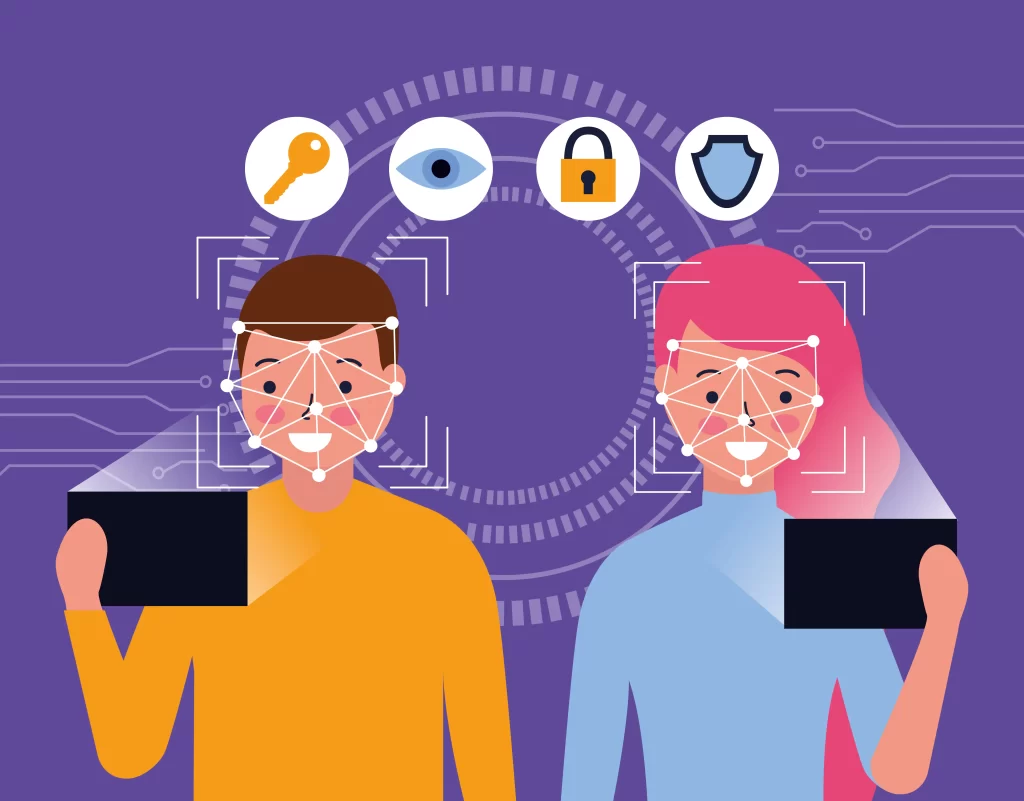In today’s dynamic digital transaction ecosystem, secure and trustworthy signer authentication is more important than ever. Ensuring the signatory’s credibility becomes increasingly essential as electronic signatures become more common. Liveness Detection emerges as a game changer by using live video verification to improve the security of signer authentication online. This blog explores the complexities of Liveness Detection, explaining its importance in the world of electronic signatures and explaining how it works.
What is Signer Authentication?
Signer authentication includes verifying an individual’s identification before allowing them to attach their electronic signature to a document. This critical procedure guarantees that the signer is genuinely who they claim to be, effectively limiting the possibility of fraudulent transactions. As electronic signatures gain popularity, the necessity for robust signer authentication systems has increased. The verification procedure serves as a gatekeeper, ensuring the legitimacy of signatories and limiting the dangers associated with identity fraud. In today’s digital transaction landscape, where electronic signatures are common, robust signer authentication procedures are critical for protecting against unwanted access and bolstering the overall security and integrity of the electronic signature ecosystem.
What is Liveness Detection for Signer Authentication?

Liveness Detection is an innovative technique designed to authenticate the signer’s live and immediate presence throughout the electronic signature procedure. Its innovation goes beyond static solutions, requiring real-time interaction through live video verification. This severe criterion ensures that the person behind the signature is physically there, adding another degree of protection to the authentication process. By requiring real-time participation, Liveness Detection efficiently prevents attempts to use pre-recorded or synthesized materials, strengthening the verification process. The emphasis on live and dynamic interactions improves signer authentication security. It represents a paradigm shift toward more resilient and failsafe electronic signature systems in the ever-changing digital transaction world.
Why is Liveness Detection Important for Signer Authentication?
Liveness detection is critical in online signer authentication, especially for electronic signatures. Conventional systems cannot frequently ensure the physical presence of the signer, making them open to impersonation or the use of live video recordings. This makes Liveness Detection an essential component in securing electronic transactions. By focusing on these vulnerabilities, Liveness Detection improves the overall security of signer authentication processes. Its proactive strategy, based on real-time involvement, goes beyond the constraints of previous methods, resulting in more robust protection against potential fraudulent actions. In the context of protecting electronic transactions, Liveness Detection appears to be an essential protection, creating trust in the signer’s authenticity.
How Does Liveness Detection Work in Identity Verification Processes?
Liveness Detection uses live video to assess the signer’s genuineness, requiring persons to perform specified actions such as waving their hands and speaking specific details mentioned on the screen. Algorithms then assess these real-time actions, identifying genuine, spontaneous replies from pre-recorded or manufactured attempts. This dynamic technique is critical for improving the dependability of signer authentication. By adding real-time interactions and analyzing live engagement, Liveness Detection ensures a more robust verification process, reducing the risks associated with static or easily manipulable approaches. This innovative technology increases confidence in the signer’s validity, hence improving the overall security and trustworthiness of identity verification operations.
What is the Purpose of the Liveness Check?
These are some of the fundamental and essential purposes of a Liveness check.
- Physical Presence Confirmation: The liveness check ensures the signer is physically present during authentication.
- Active Participation Assurance: Ensuring the signer actively participates in the authentication process is an important goal. Liveness Detection involves real-time features, setting it apart from static techniques.
- Risk Mitigation: The liveness check reduces associated hazards by combating static procedures and altered records.
- Enhanced Security: This proactive measure improves the overall security of electronic signatures.
- Validating live participation instils confidence in the legitimacy of signed documents, reassuring users of the process’s reliability.
How Does TRUESigner ONE Utilize Liveness Detection for Signer Authentication?
TRUESigner ONE, a leading e-signature vendor, recognizes the significance of robust signer authentication. Leveraging Liveness Detection, TRUESigner ONE ensures that each signature is backed by the individual’s live presence. With an emphasis on live video verification, TRUESigner ONE goes beyond conventional methods, providing a secure and foolproof environment for electronic signatures. The advanced algorithms of TRUESigner ONE analyze real-time interactions, offering a seamless yet fortified signer authentication process.
Summing up:
In the ever-changing universe of digital transactions, signer authentication is critical to ensuring the integrity of electronic signatures. Liveness Detection emerges as a crucial component, leveraging live video verification to ensure the signer’s active and authentic engagement. This proactive strategy goes beyond previous methods by tackling the weaknesses associated with static authentication. TRUESigner ONE demonstrates the use of Liveness Detection for signer authentication, resulting in a secure and dependable platform for electronic transactions. As technology advances, the combination of Liveness Detection and signer authentication is poised to transform the landscape of safe digital interactions, fostering trust and confidence in the realm of electronic signatures.






